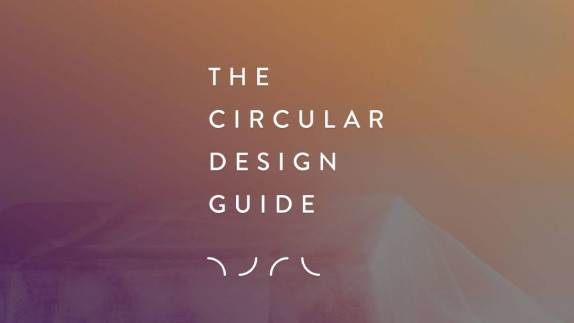Prioritise which circular concepts to take forward, based on how they relate to your business strategy and ultimate impact, and consider how to mitigate risk.
So, you’ve got plenty of ideas around circularity, but how do you decide which ones will prove to be the most beneficial to your business and to the system you’re designing for? Take a step back from the circular concepts to assess their merits from a strategic business perspective, and your abilities to progress them as an organisation.
Steps
Step 1
Take your Business Model Canvas and your circular innovation concepts.
Step 2
For each concept, ask whether it fits within at least one of your innovation priorities? For example:
Viability – Addresses the strategic long-term business goals
Desirability – Provides value for end users or creates a new market of other users of your materials or product
Feasibility – Is there a technology that will make your product better
Step 3
Next, assess the concept against the principles of circular economy. Is it meeting all or most of the principles? Which ones need to be addressed?
Step 4
Finally, plot your concepts on this Matrix which measures their difficulty to implement against how much impact they could have. Consider these types of questions as you go:
Does this require you to do things differently than your current processes allow for? If yes, does this discomfort provide a compelling new opportunity to learn?
Does the potential opportunity gain justify the disruption?
Could you set up a new venture incubator to design and test a new innovation approach and business model?
Could you acquire the capabilities through new partnerships?

Circular Design Guide
This page is part of the Circular Design Guide. Get an overview of the project, or dive straight into our activities to help you understand, define, make, and release circular innovations.







